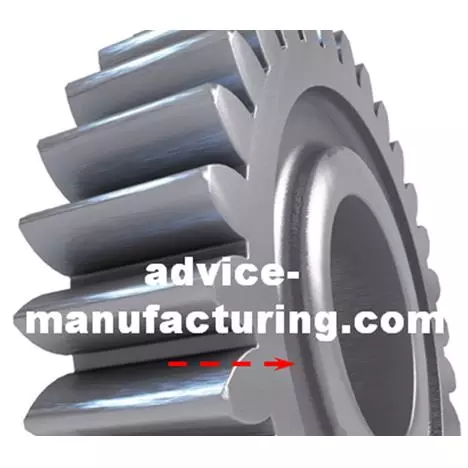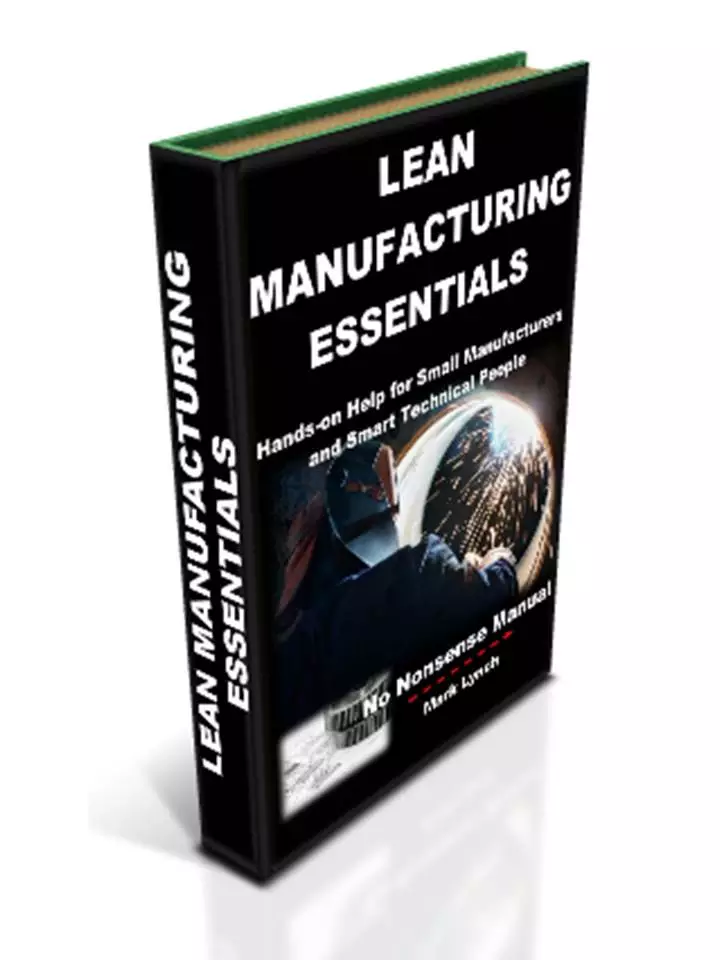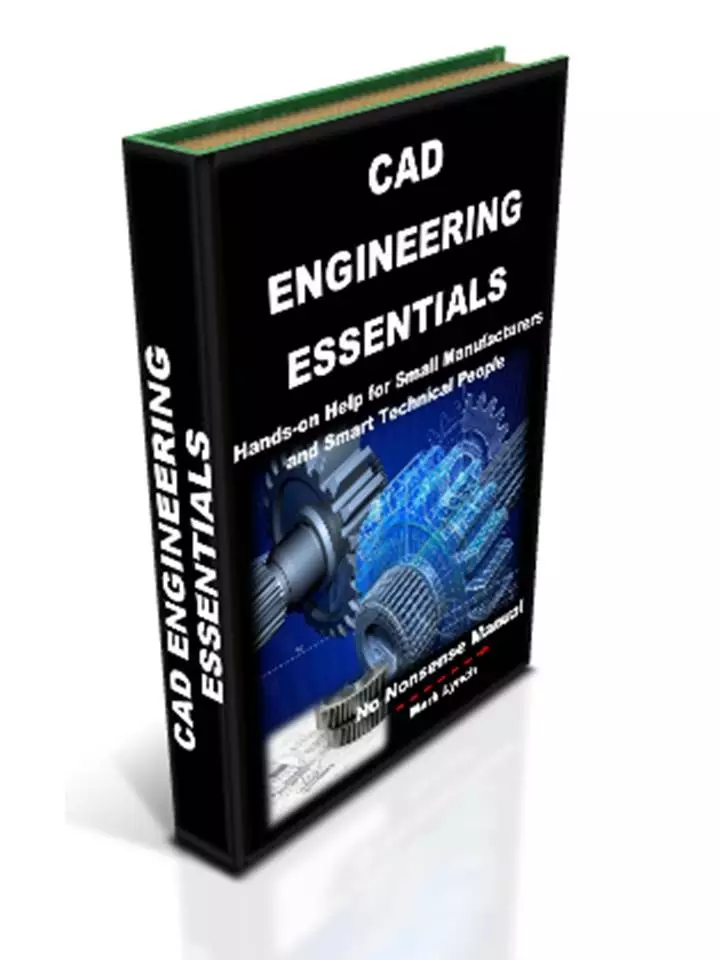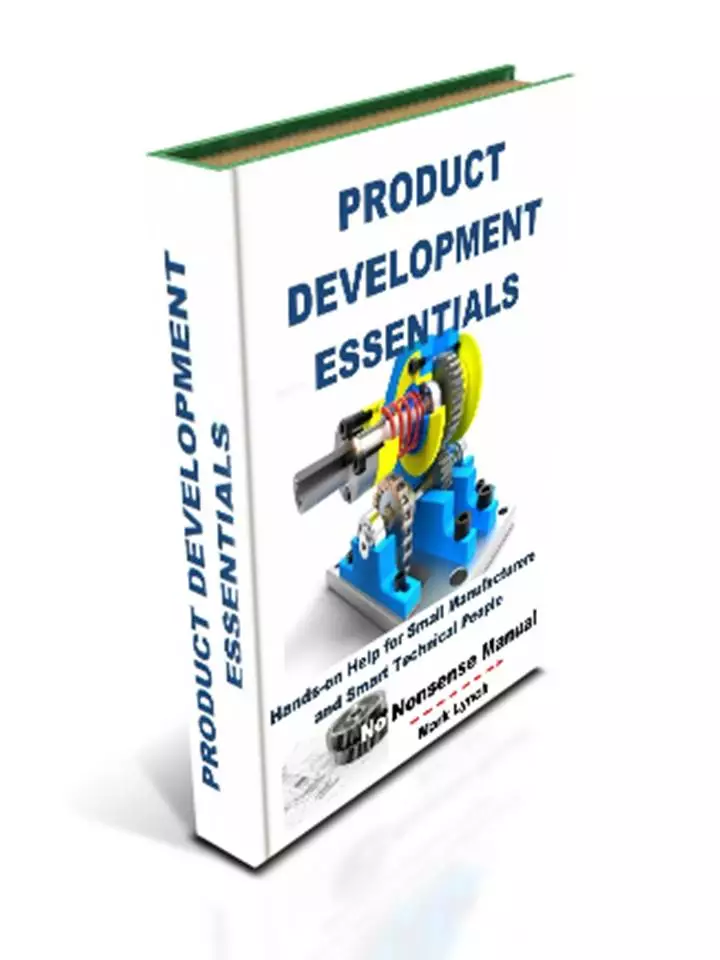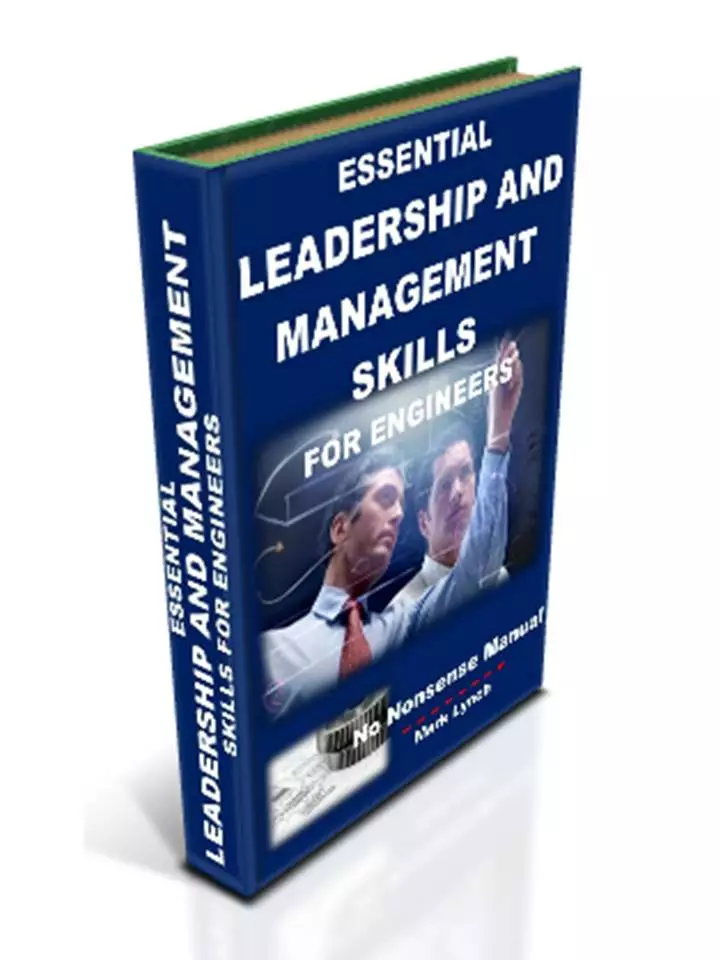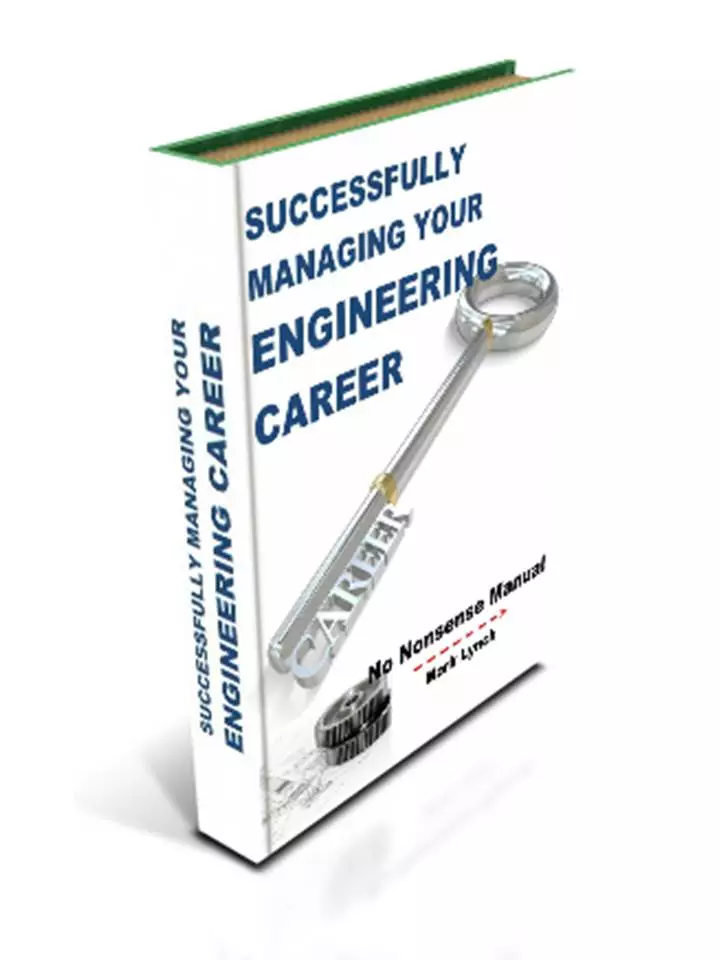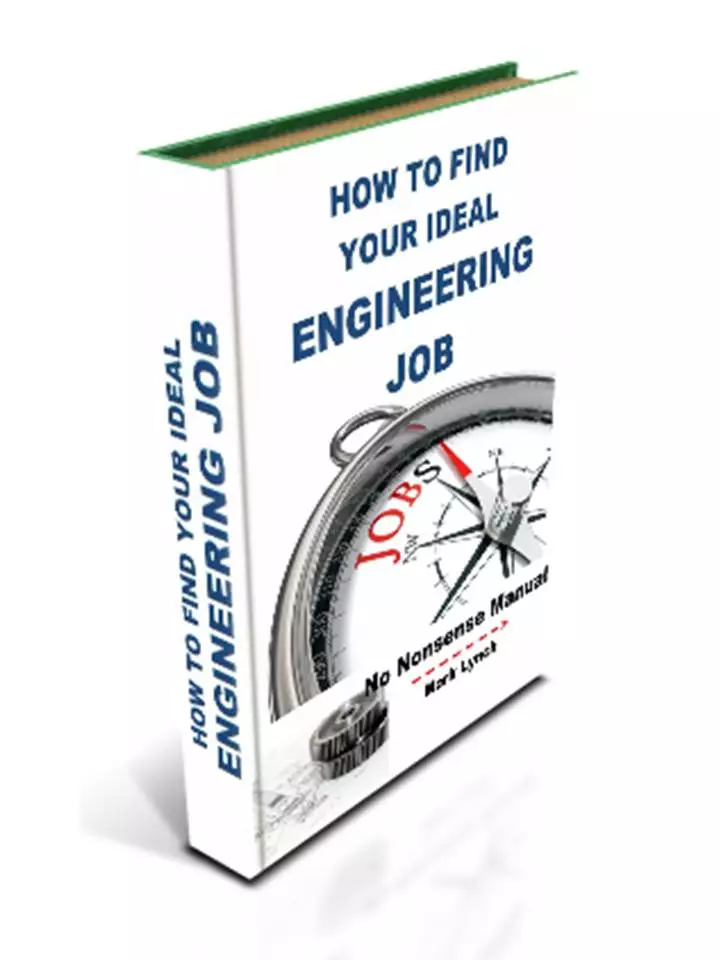'Hands-on Help for SMEs' and Smart Technical People'
Total Productive Maintenance – TPM
Lean Manufacturing Tools and Techniques
So what is TPM all about?
Total Productive Maintenance (TPM) is an approach where routine maintenance tasks are carried out by operators who use the equipment, in preference to specialists. By planning and undertaking maintenance tasks in advance before equipment starts failing, the aim is to minimise downtime, costs and lost productivity.
With TPM there is an emphasis on employee ownership of machines and equipment. Operators have a responsibility to make sure the kit they use is looked after, checked and serviced. This ensure it remains fully functional.
TPM requires training and instructions so employees are equipped to deal with problems when they arise. As TPM emphasises self-reliability, maximum machine utilisation and reduced costs, it is particularly applicable for small manufacturing businesses.
TPM involves everyone! Those who operate machines, equipment, tools and kit of any description should be involved. The advantage is people who routinely use and know their equipment are in the best possible position to spot or notice any changes that may require attention. Employees can see, hear and feel the first signs of any change or deterioration in equipment. Those involved in senior and supervisory roles should be involved and be supportive. TPM training provides excellent awareness and understanding, enabling managers to support and instruct staff taking part in TPM tasks. Importantly, those in leadership positions should be able to convey the purpose and advantages of TPM, as well as explain how it fits into a wider Lean Manufacturing context and is aligned to business objectives.
More detailed complicated servicing tasks can be covered under outsourced service contracts and by maintenance specialists. Operators should accompany them, learning what they can to increase their own knowledge, as well as understanding what they can do to maintain the equipment between specialist visits.
Without TPM, costs can escalate through unscheduled machine failure and breakdown. The upfront and hidden expenditure associated with this can be considerable. They include the cost of repair or replacement, lost output, paid staff not working and disrupted production schedules.
Practical TPM in Action: Real Examples, Real Results
Typical TPM Activities
5S principles underpin much of Total Productive Maintenance (TPM). 5S promotes good housekeeping, cleanliness and a well-organised work environment. As a result it is easier to locate tools, cutters, drill bits etc. In addition a clean work space makes it easier to spot and notice issues emerging with machines and equipment. TPM activities will overlap with those of 5S. For example a typical TPM routine may include cleaning and orderly arrangement, as well as routine maintenance tasks. These may involve:
- Inspection
- Checking
- Adjusting
- Lubricating
- Listening to, feeling and monitoring vibration
- Replacing worn parts before they fail
TPM routines should be worked out by those who use the equipment. Recommendations from machine and equipment manufacturers should be incorporated into routines. Processes should then be written up and displayed next to the equipment, as well as being the basis for training. Standardising TPM tasks in this way reinforces responsibilities, gets people working to an agreed standard and makes activities routine for all.
Be innovative when documenting TPM routines. Use images, drawings and diagrams to illustrate your message. What settings should you follow? How frequently should parts be changed? Use facts and figures to quantify aspects of your TPM routine.
TPM increases operators’ knowledge of the equipment they use. Also TPM allows maintenance to be scheduled for natural downtime, where equipment is not planned to be productive. As such, this maximises the use of machines between scheduled maintenance.
As employees become more experienced with TPM routines they can start to identify and tackle problems and defects. Crucially they can do this early, before they impact production and in-turn productivity. Proactive teams can find the root cause of problems and put solutions in place as a basis of TPM-based continuous improvement.
TPM naturally reduces the possibility of unexpected breakdown. However in the event of this occurring, it is worth considering who is best placed to rapidly respond and apply TPM knowledge and skills, together with instructions and standards to solve the problem as quickly as possible. Display this information, together with contact details alongside your TPM data.
TPM and 5S contribute to a safer working environment. Cleanliness and order, alongside better conditioned equipment, naturally reduce risks within the work place.
Effective TPM Training: 5 Important Practical Tips
Next... Overall Equipment Effectiveness (OEE) and the 6 Big Losses
Back to Lean Manufacturing Essentials
Lean Tools - Best Thing Since Sliced Bread?... Or Hugely Overated? What do You Think?...
What is your experience when applying Lean Manufacturing Tools in the workplace? Which ones have you tried and had success with?
Alternatively, which just didn't work, especially in the long term? - Share your story... and get a FREE copy of our report 'Helping You and Your Manufacturing Business Thrive'...
PS: Feel free to name-drop your firm! There's nothing wrong with a bit of free publicity!
